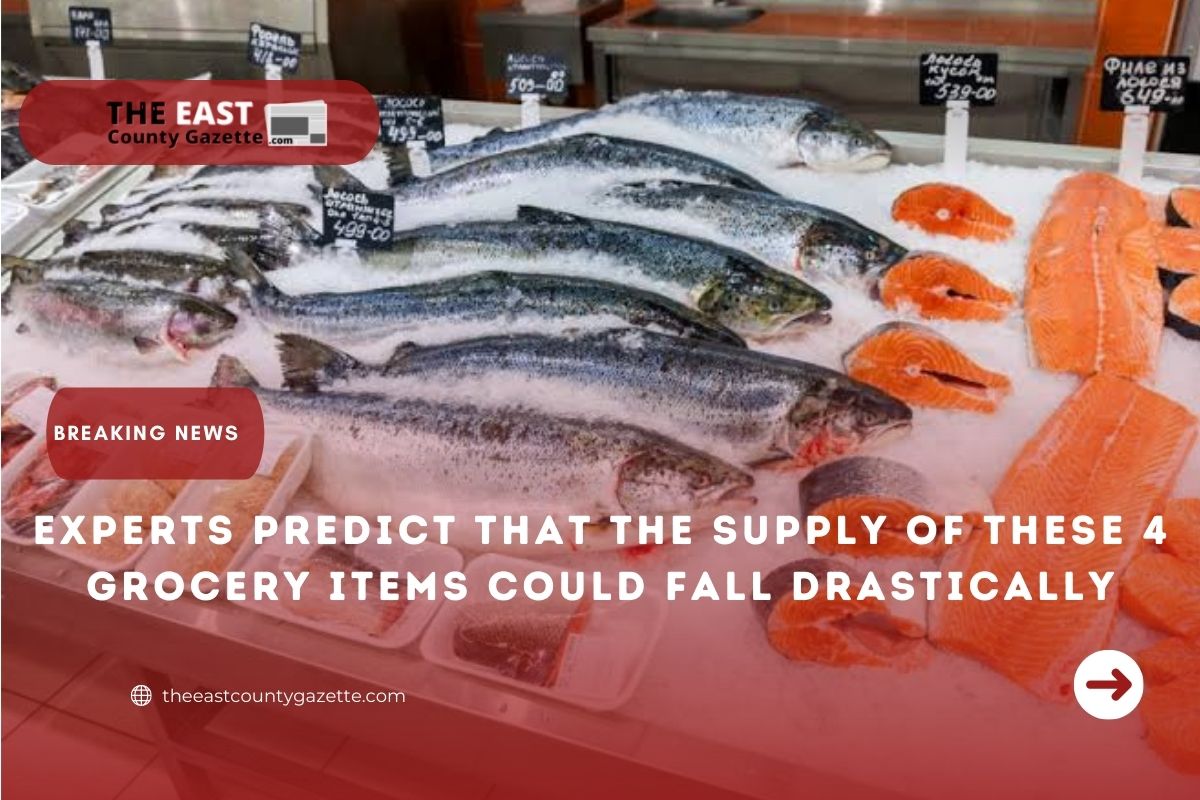Experts have said that there might soon be a drastic fall in the supply of four Grocery items. On-Shelf Availability (OSA) is the measure of a product’s availability for sale to a customer, in the place he expects it and at the time he wants to buy it.
Going to your favorite store, looking for your favorite product(s) on your favorite shelf at that store and it’s not there. And you are like maybe next time when I visit, it will be there and yet it still not there, and you say maybe if I visit another store, I will find it, and it’s not there; and lots of other stores, it’s still not available. Shoppers have faced a lot of obstacles such as delays, purchase limits, and shortages.
These obstacles faced by shoppers are caused by lots of factors affecting On-Shelf Availability. Factors such as weather, natural disasters, lingering effects of COVID pandemic, and inflation.
Experts say if things don’t change; the supply of these Groceries might fall drastically.
1 Seafood
As land is home to a lot of species; the sea is home to a lot of animals. Scientists believe that there are about 1 million species of animals living in the sea. Some environmental conditions are necessary for their well-being. Things like light availability, oxygen levels, water movement, salinity, density, and pH. These things if tampered with either by natural occurrences or human activities can lead to a depletion in the supply of these species.
In new research by scientists from the University of British Columbia. Even with fish farming, it is discovered that the global supply of seafood will decrease over the next 70 years. Han population is on the rise, industrial activities are on the rise, climate change getting worse; the demand for seafood increases but the supply keeps reducing.
The study says. “If we continue to burn fossil fuels at our current rate, the amount of seafood such as fish or mussels able to be farmed sustainably will increase by only 8% by 2050 and decline by 16% by 2090,” the study says.
2. Wheat
One of the most important ingredients in Grocery items. It’s a good source of flour. According to reports from Reuters, wheat futures fell on Wednesday in U.S. and Europe because the Australian harvest wasn’t strong in 2021 due to drier conditions.
“Wheat futures have retreated since multi-year highs last month as worries over the Omicron coronavirus variant and easing concerns about global wheat supply have encouraged selling,” the news outlet reported on Dec. 15.
“Traders said that a drier spell in Australia has also created fundamental pressure for wheat by tempering fears over rain damage to what is forecast to be a record harvest.”
3. Meat
For the meat and poultry industry to get back on its feet due to the Pandemic, the U.S. Department of Agriculture launched a $1 billion loan program earlier in December.
Read More: According To New Study, US Vaccine Numbers May Be Overrated
Despite the aid, prices are still high. Demand is high and the process of getting the meat to the shelf is experiencing a shortage of manpower. Publix is already placing a purchase limit on bacon to meet high demand especially this holiday.
4. Eggs
From boiled egg, coddled egg, fried egg, omelet, poached egg, egg salad, scrambled egg, basted egg, shirred egg, buttered egg, deviled egg, and a lot of other menus of egg alone and egg included as an ingredient. The egg is so much in high demand. Eggs are rich in nutrients, source of good cholesterol, source of quality proteins, one of the sources of chlorine, helps with weight management, great sources of Vitamin D.
Prices of eggs because of the Pandemic is increasing based on demand and the supply may be low in some part of the country with the new animal law taking effect as from January 1. In Massachusett; this new law will ban eggs laid by hens in enclosures with less than a certain amount of floor space per hen.
The head of the Massachusetts Farm Bureau told the news station of impending egg shortage because of the new law.
“We’ve got about 300,000 to 400,000 egg-laying chickens in Massachusetts and we’ve got about 7 million people, so do the math.” He said.

